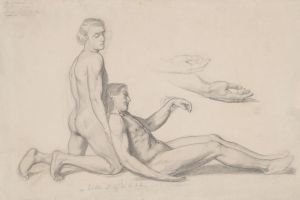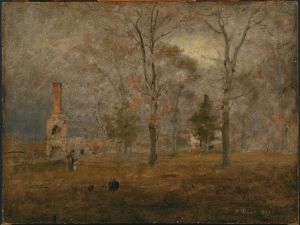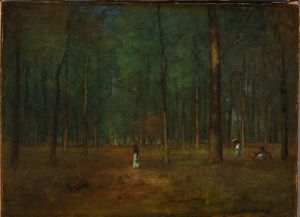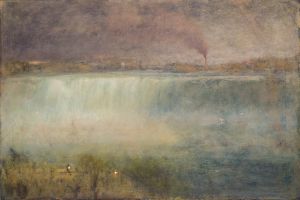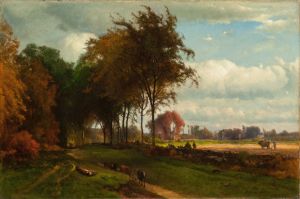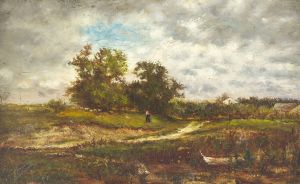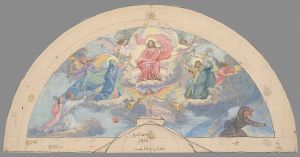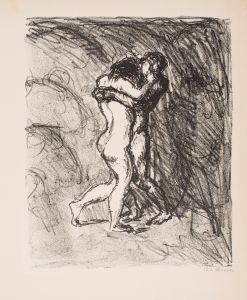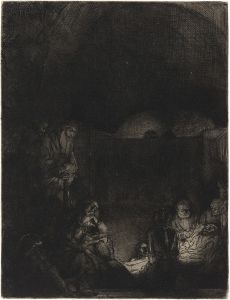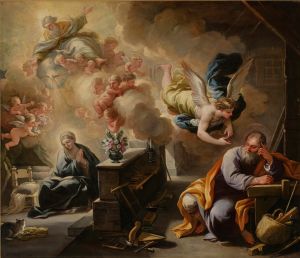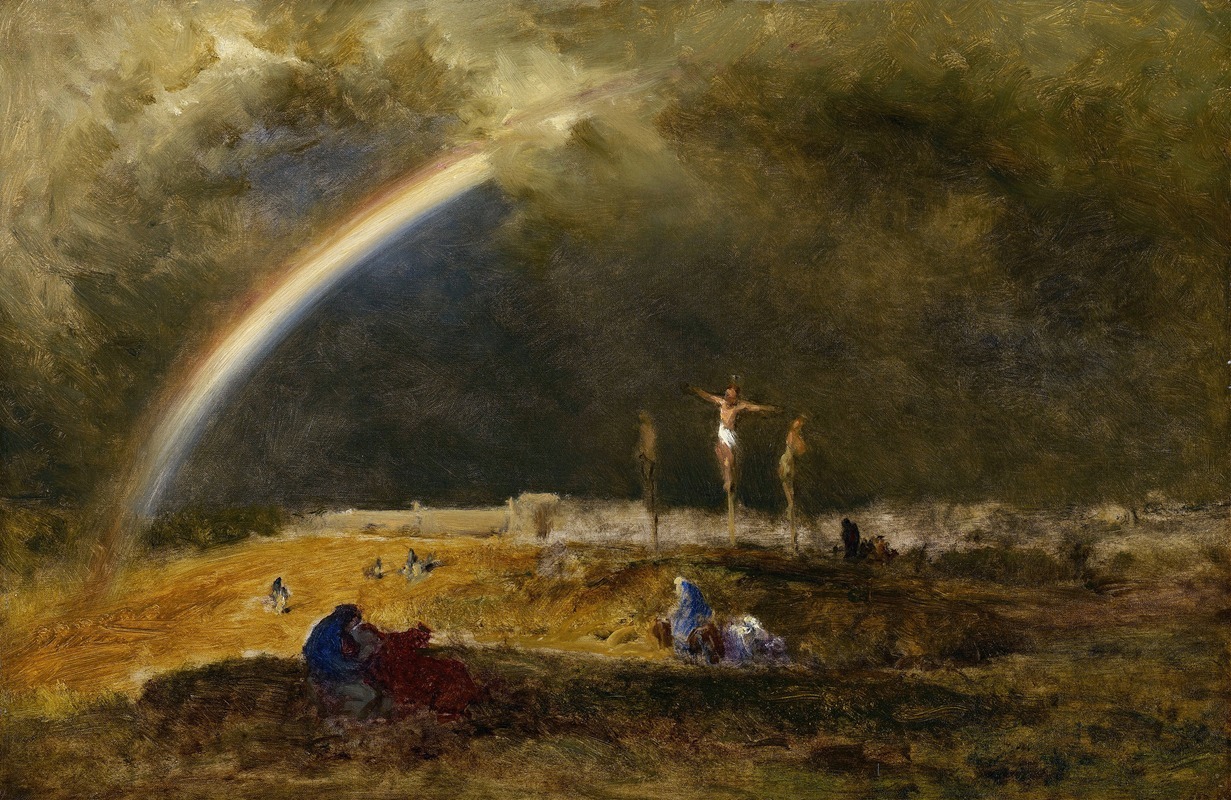
The Triumph at Calvary
A hand-painted replica of George Inness’s masterpiece The Triumph at Calvary, meticulously crafted by professional artists to capture the true essence of the original. Each piece is created with museum-quality canvas and rare mineral pigments, carefully painted by experienced artists with delicate brushstrokes and rich, layered colors to perfectly recreate the texture of the original artwork. Unlike machine-printed reproductions, this hand-painted version brings the painting to life, infused with the artist’s emotions and skill in every stroke. Whether for personal collection or home decoration, it instantly elevates the artistic atmosphere of any space.
"The Triumph at Calvary" is a painting by the American landscape painter George Inness, who is widely regarded as one of the most influential American artists of the 19th century. Born in 1825, Inness is known for his evocative and atmospheric landscapes, which often reflect his interest in the spiritual and the sublime. His work is characterized by a unique blend of realism and romanticism, and he was heavily influenced by the Hudson River School as well as the Barbizon School of France.
"The Triumph at Calvary" is one of Inness's notable works, although it is not as widely discussed or documented as some of his other paintings. The painting depicts a scene from the biblical narrative of Jesus Christ's crucifixion at Calvary, also known as Golgotha. This event is a central moment in Christian theology, symbolizing the sacrifice of Jesus for the redemption of humanity.
Inness's interpretation of this scene is marked by his distinctive style, which often incorporates a sense of the divine presence in nature. The painting likely features a dramatic use of light and shadow, a hallmark of Inness's technique, to convey the emotional and spiritual gravity of the moment. The landscape around the crucifixion scene would be rendered with Inness's characteristic attention to atmospheric effects, creating a sense of depth and mood that enhances the narrative.
George Inness's work often reflects his philosophical and spiritual beliefs, particularly his interest in Swedenborgianism, a Christian denomination based on the teachings of Emanuel Swedenborg. Swedenborgianism emphasizes the presence of the divine in the natural world, a theme that resonates throughout Inness's oeuvre. In "The Triumph at Calvary," this influence might be seen in the way the natural elements are depicted as part of the sacred event, suggesting a unity between the earthly and the divine.
Inness's ability to convey profound spiritual themes through landscape painting has earned him a lasting place in American art history. His works are celebrated for their emotional depth and technical mastery, and "The Triumph at Calvary" is a testament to his skill in merging narrative content with his unique artistic vision.
While specific details about the provenance and exhibition history of "The Triumph at Calvary" are not extensively documented, it is known that Inness's works are held in high esteem and are part of numerous public and private collections. His paintings can be found in major museums such as the Metropolitan Museum of Art in New York, the National Gallery of Art in Washington, D.C., and the Art Institute of Chicago.
In summary, "The Triumph at Calvary" by George Inness is an evocative representation of a pivotal biblical event, rendered with the artist's signature atmospheric style and spiritual depth. It stands as a significant example of Inness's ability to infuse landscape painting with profound narrative and emotional resonance.





